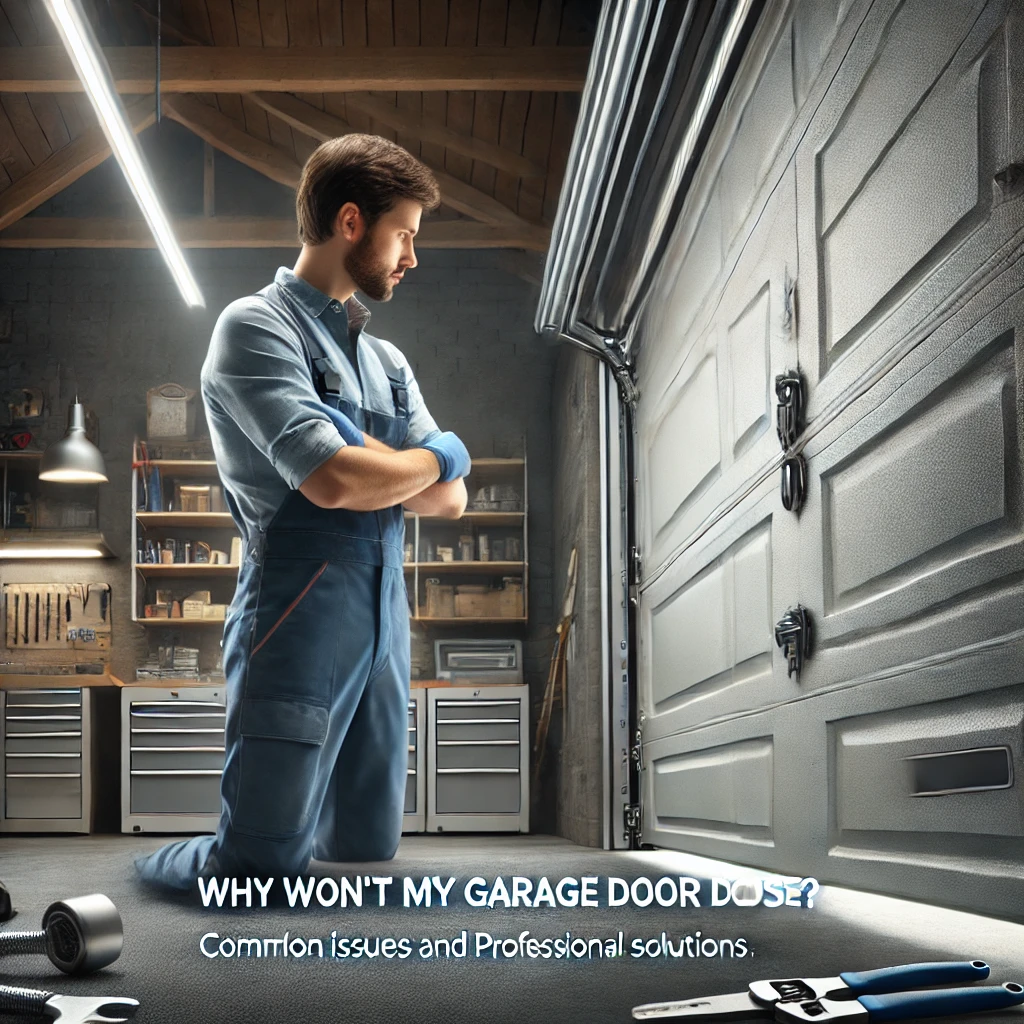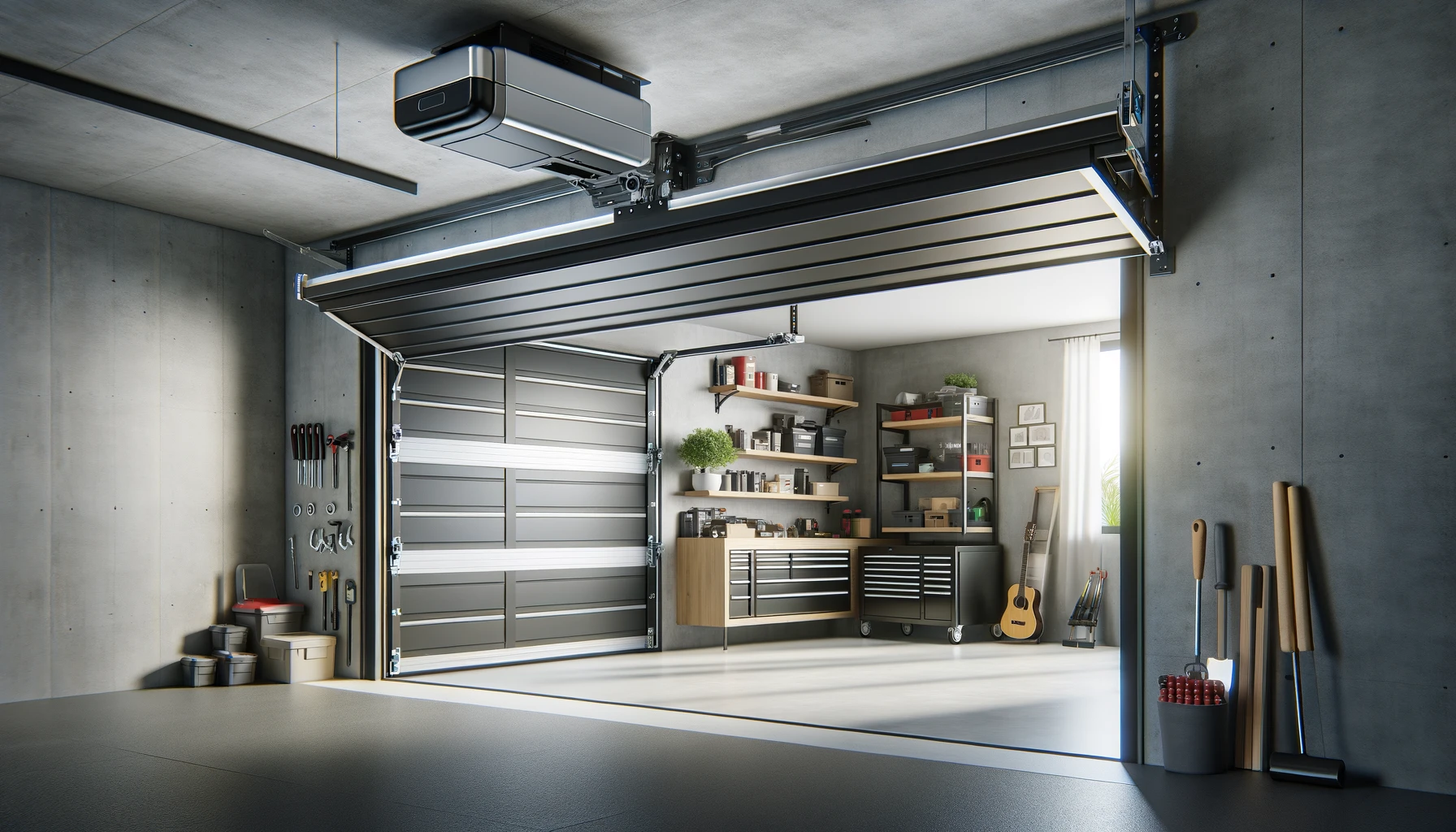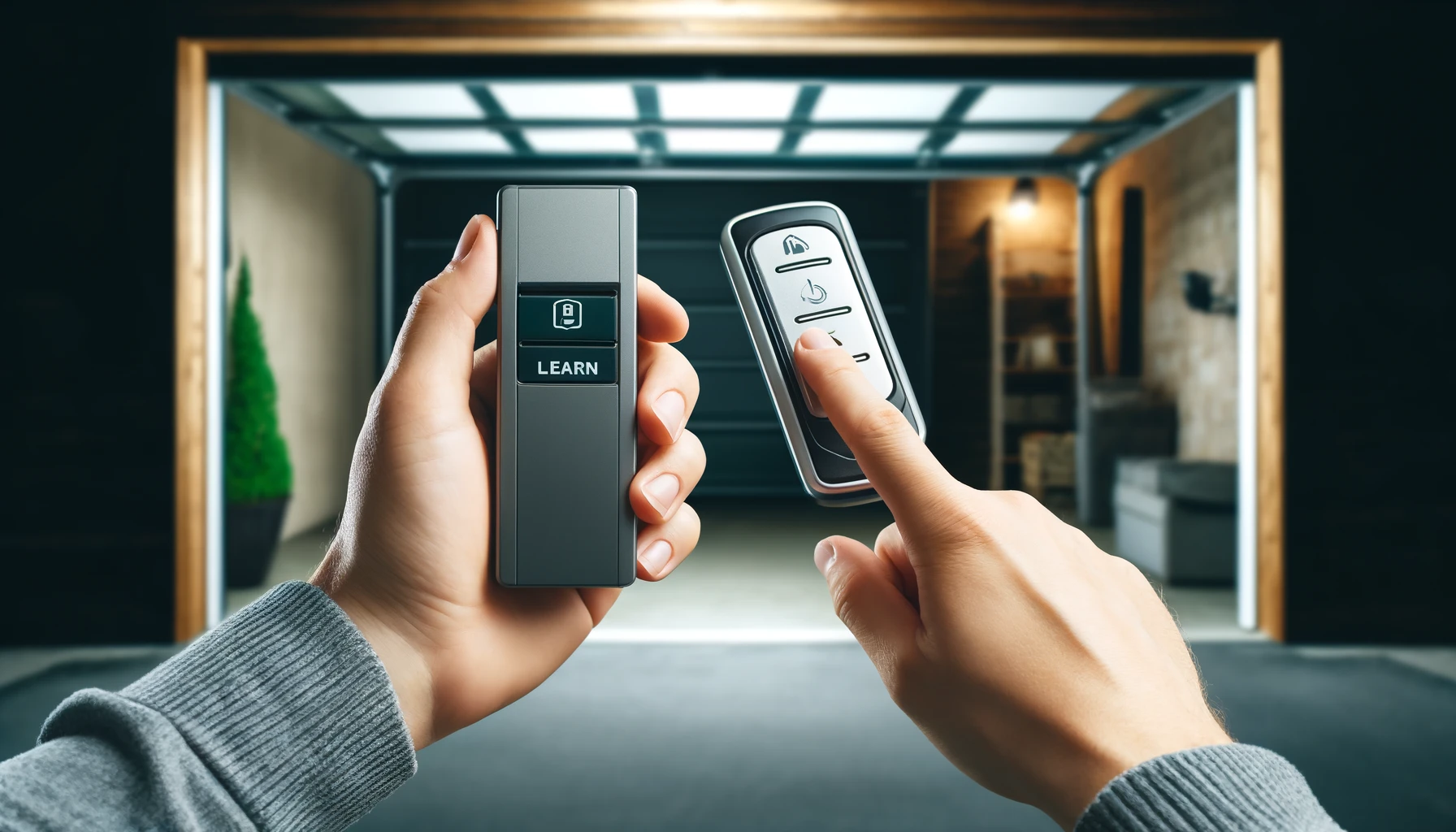Struggling with a garage door that won’t close? You’re not alone. From blocked sensors to broken springs, several issues can prevent your garage door from functioning properly. Understanding these common problems and their causes is crucial for maintaining the safety and efficiency of your garage door system.
This article will help you identify why your garage door isn’t closing and explain how professional garage door repair services can provide effective solutions. Keep your garage secure and ensure smooth operation with expert insights and maintenance tips designed to extend the lifespan of your garage door components.
Blocked Safety Sensors
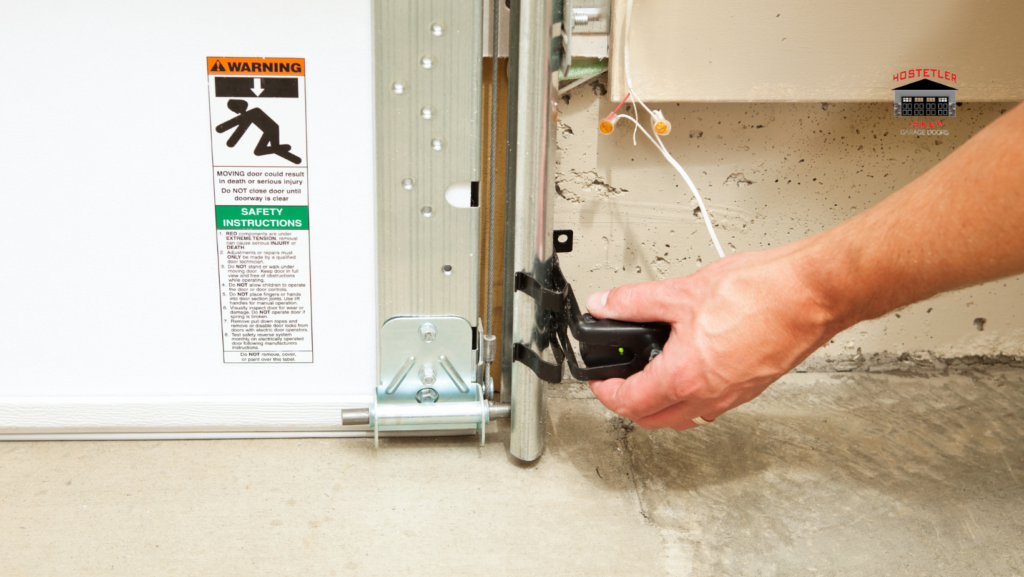
Possible Causes:
- Dirt or debris on the sensor lenses: Over time, dirt, dust, or debris can accumulate on the lenses of the safety sensors, obstructing the infrared beam between them. This can prevent the sensors from detecting each other, causing the garage door to remain open for safety reasons.
- Objects placed near the sensors blocking the signal: Items stored in the garage or accidentally placed near the sensors can block the signal. Even small objects, like a broom or a garden tool, can interfere with the sensor’s function.
- Spider webs or insects on the sensors: Spider webs, insects, or other small creatures can build nests or webs around the sensors, blocking the signal. This is a common issue in garages that are not frequently cleaned.
A professional technician can carefully clean the safety sensors using specialized tools and solutions to ensure they are free of dirt, debris, and obstructions. They will also inspect the alignment and overall condition of the sensors, making any necessary adjustments or replacements. Safety sensors typically last around 10-15 years with proper maintenance, but regular cleaning can extend their lifespan and ensure reliable operation.
Misaligned Sensors
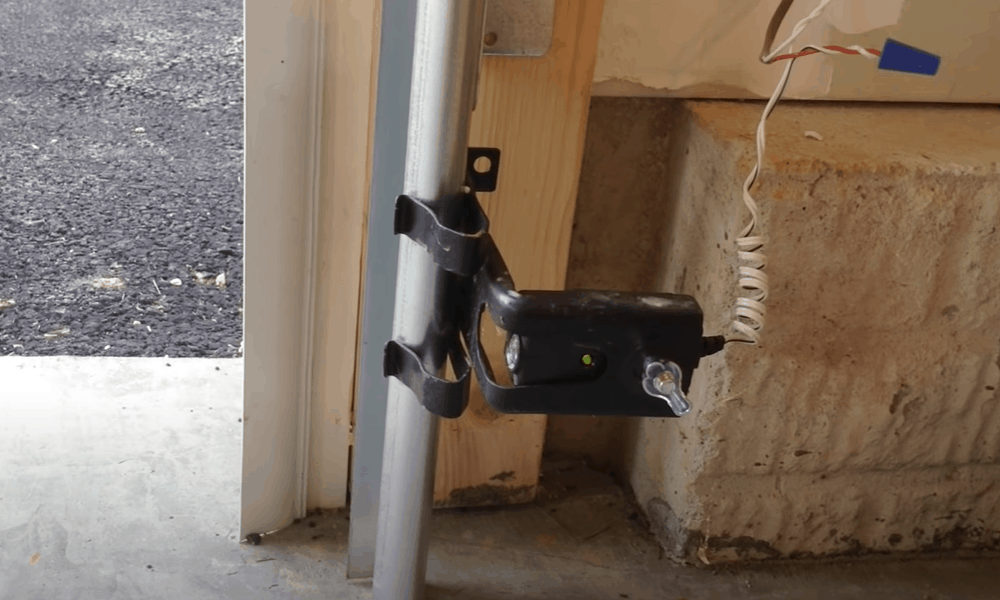
Possible Causes:
- Accidental bumps or knocks causing the sensors to move: Sensors can be accidentally knocked out of alignment by bumping into them with a car, a bike, or other objects. Even a slight misalignment can cause the sensors to malfunction.
- Loose mounting brackets: Over time, the mounting brackets that hold the sensors in place can become loose. This can cause the sensors to shift out of alignment, preventing the door from closing.
When sensors are misaligned, a garage door professional can accurately realign them to ensure they are facing each other perfectly. They will use precise tools to adjust the sensors and secure any loose mounting brackets. After realignment, the technician will test the system to confirm that the sensors are functioning properly. Sensors generally last 10-15 years, but regular inspections and maintenance can help ensure they continue to operate correctly throughout their lifespan.
Obstructions in the Door’s Path
Possible Causes:
- Tools, toys, or other items left in the door’s path: Items left in the garage, such as tools, toys, or storage boxes, can obstruct the path of the garage door. The safety sensors are designed to detect these obstructions and prevent the door from closing.
- Accumulated dirt or leaves on the garage floor: Dirt, leaves, or other debris can accumulate on the garage floor, particularly near the door’s path. This can interfere with the door’s operation and prevent it from closing completely.
A professional can thoroughly inspect the area for any obstructions and remove them. They can also advise on keeping the garage door area clear and maintaining cleanliness to prevent future occurrences. Regularly checking and clearing the door’s path can prevent damage to the door and its components, extending the lifespan of the system.
Broken Springs
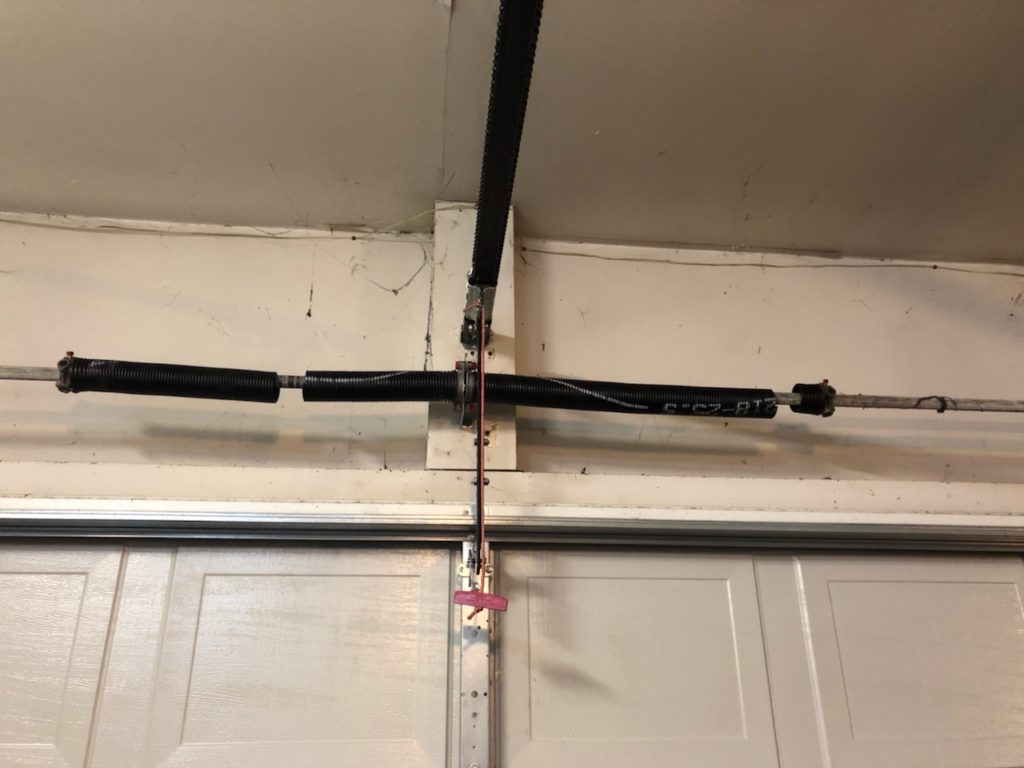
Possible Causes:
- Wear and tear over time: Garage door springs have a limited lifespan and can wear out over time due to regular use. Typically, torsion springs last about 10,000 cycles, which is approximately 7-10 years, depending on usage.
- Rust or corrosion: Rust or corrosion can weaken the springs, making them more likely to break. This is particularly common in areas with high humidity or where the garage is exposed to moisture.
- Improper maintenance: Lack of regular maintenance, such as not lubricating the springs, can cause them to wear out more quickly. Proper maintenance can extend the life of the springs and prevent premature failure.
A professional can safely replace the broken springs. They have the tools and expertise to handle the high tension of the springs, ensuring the door functions smoothly and safely. Regular maintenance, including lubrication and inspections, can help extend the life of the springs beyond the typical 10,000 cycles.
Damaged Cables
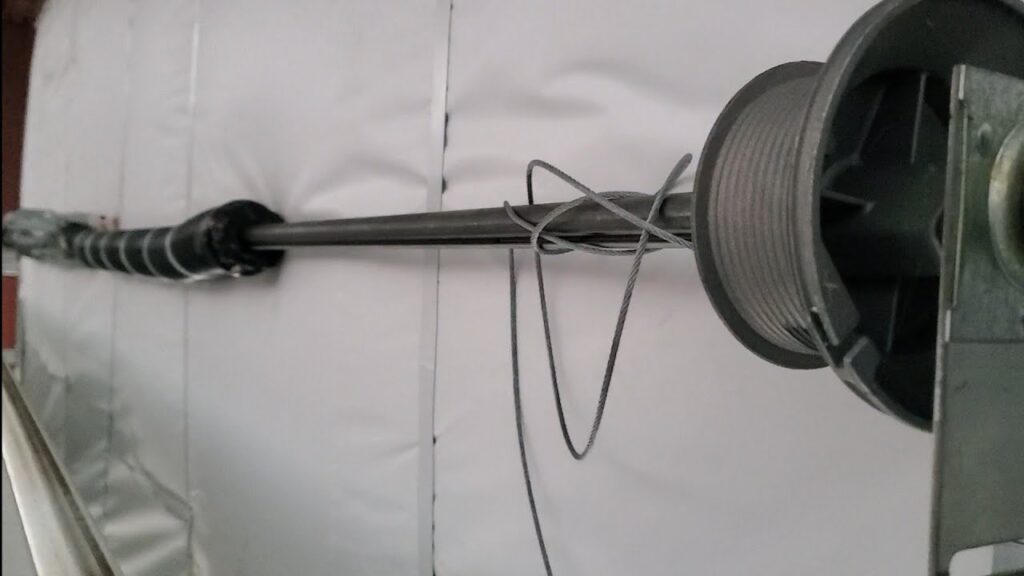
Possible Causes:
- Fraying or wear over time: Garage door cables can fray or wear out over time due to regular use. Typically, cables last around 7-10 years, depending on the frequency of use and maintenance.
- Rust or corrosion: Rust or corrosion can weaken the cables, making them more prone to breaking. This is particularly common in areas with high humidity or where the garage is exposed to moisture.
- Improper winding or unwinding: If the cables are not wound or unwound correctly, they can become damaged or come off the pulleys. This can prevent the door from closing properly.
A professional will inspect the condition of the garage door cables and identify any signs of wear, fraying, or damage. They will then replace the damaged cables with high-quality, durable replacements. The technician will also ensure that the cables are properly wound and tensioned, which is critical for the safe and efficient operation of the garage door.
Track Issues
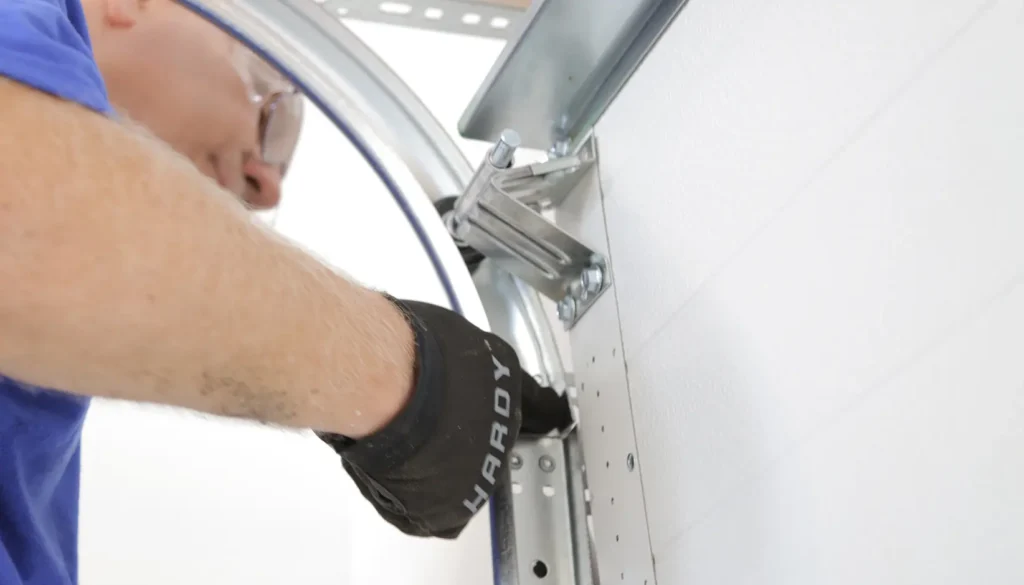
Possible Causes:
- Accidental impacts causing bends: Accidental impacts from vehicles, tools, or other objects can cause the garage door tracks to bend. Bent tracks can prevent the door from moving smoothly and cause it to get stuck.
- Loose bolts or screws: Over time, the bolts or screws that secure the tracks can become loose. This can cause the tracks to misalign, preventing the door from operating correctly.
- Dirt or debris in the tracks: Dirt, leaves, or other debris can accumulate in the tracks, obstructing the door’s movement. This can cause the door to become stuck or prevent it from closing completely.
A professional can realign or replace bent tracks and secure any loose bolts. They will also clean the tracks, ensuring smooth operation and preventing future problems. Regular maintenance of tracks, including cleaning and tightening bolts, can help extend their lifespan to 15-20 years.
Limit Setting Problems
Possible Causes:
- Incorrectly set limit switches: The limit switches on the garage door opener control how far the door travels when opening or closing. If these switches are set incorrectly, the door may reverse before closing completely or not close at all.
- Changes in door movement due to wear: As the garage door components wear over time, the movement of the door can change. This can affect the limit settings, causing the door to malfunction.
A technician can accurately adjust the limit settings on your garage door opener, ensuring that the door opens and closes to the correct positions. They will test the door’s operation and make fine adjustments as needed. Properly adjusted limit settings can enhance the lifespan of the opener, which typically lasts about 10-15 years with regular maintenance.
Remote Control Issues
Possible Causes:
- Dead or weak batteries: The remote control for the garage door opener relies on batteries to function. If the batteries are dead or weak, the remote may not work, preventing the door from closing.
- Faulty remote control: The remote control itself can become faulty due to wear and tear or internal damage. Remotes typically last about 5-10 years, depending on usage.
- Interference from other electronic devices: Electronic devices in the vicinity can interfere with the remote control signal. This can prevent the remote from working properly and affect the door’s operation.
When remote control issues arise, a professional can troubleshoot and resolve them efficiently. They will check and replace the batteries, test the remote control, and reprogram it if necessary. Additionally, the technician can identify and eliminate any sources of electronic interference that might be affecting the remote’s signal, ensuring seamless operation of your garage door opener.
Manual Lock Engaged
Possible Causes:
- The manual lock being accidentally engaged: Some garage doors have a manual lock that can be engaged to prevent the door from opening or closing. This lock can be accidentally engaged, preventing the door from closing.
- A malfunctioning lock mechanism: The manual lock mechanism itself can become faulty due to wear and tear or internal damage. This can prevent it from disengaging properly and affect the door’s operation.
If the manual lock is engaged or malfunctioning, a professional can quickly identify and rectify the issue. They will disengage the lock and check its mechanism for any faults or damage. The technician can also provide guidance on how to properly use the manual lock to avoid accidental engagement in the future. Regular checks and maintenance of the lock mechanism can extend its lifespan to around 10-15 years.
Disconnected or Broken Trolley
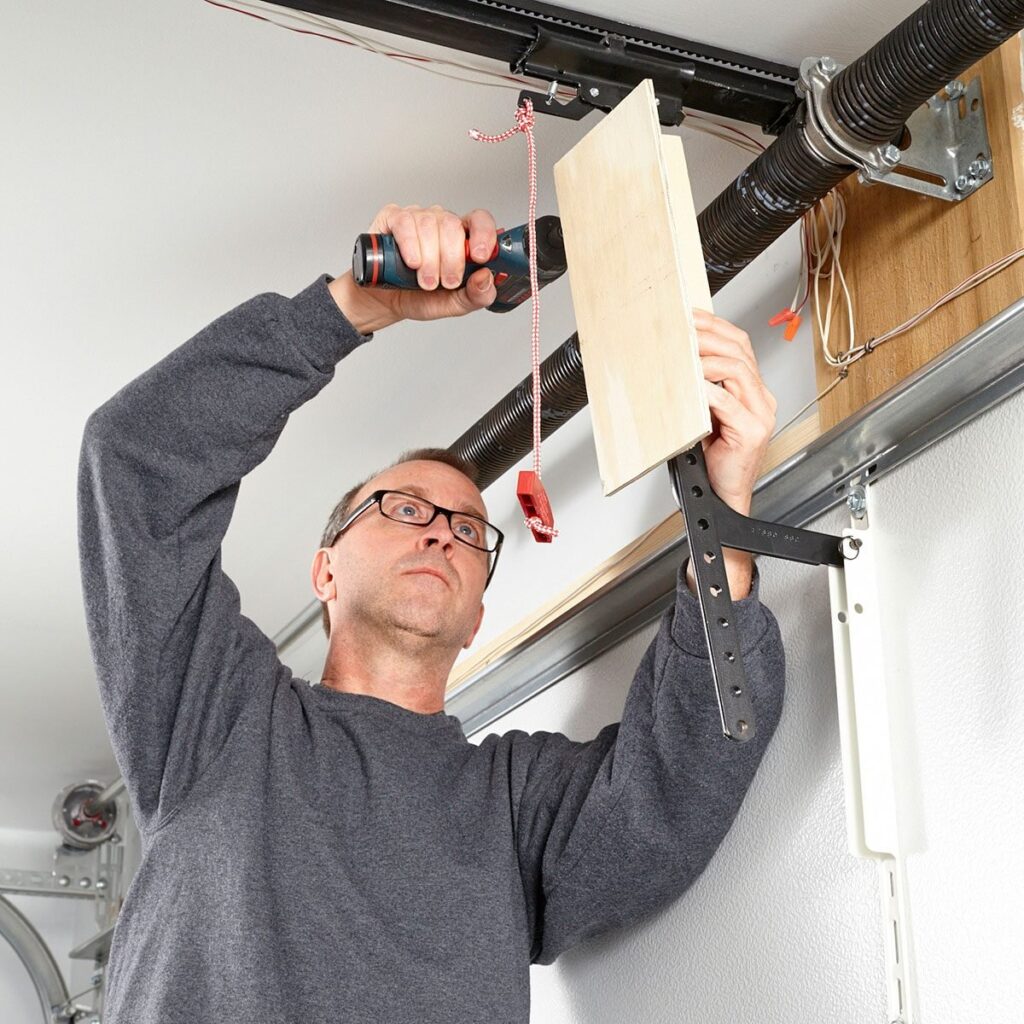
Possible Causes:
- Wear and tear over time: The trolley, which connects the garage door to the opener, can wear out over time due to regular use. Trolleys typically last around 10-15 years, depending on usage and maintenance.
- Accidental disconnection: The trolley can become accidentally disconnected due to improper handling or impact. This can prevent the door from operating correctly.
- Mechanical failure: Internal components of the trolley can fail due to wear and tear or damage. This can cause the trolley to malfunction and affect the door’s operation.
A professional can reconnect or replace a disconnected or broken trolley, ensuring it is securely attached to the garage door and opener. They will inspect the entire trolley mechanism for any signs of wear or damage and perform necessary repairs. This ensures that your garage door moves efficiently along its track and operates reliably.
Garage Door Opener Issues
Possible Causes:
- Worn gears or components: The gears and components inside the garage door opener can wear out over time due to regular use. Typically, garage door openers last about 10-15 years.
- Electrical faults: Electrical components inside the opener can develop faults due to wear and tear, power surges, or other issues. This can affect the opener’s operation and prevent the door from closing.
- Malfunctioning sensors: The sensors inside the opener can malfunction due to wear and tear or damage. This can prevent the opener from detecting the door’s position correctly and affect its operation.
For issues related to the garage door opener, a professional can diagnose and repair any mechanical or electrical faults. They will inspect the opener’s internal components, such as gears, sensors, and circuitry, replacing any worn or faulty parts. By ensuring the opener is in good working condition, the technician restores the smooth operation of your garage door.
Power Supply Problems
Possible Causes:
- Tripped circuit breaker: The circuit breaker that supplies power to the garage door opener can trip due to power surges or other electrical issues. This can cut off power to the opener and prevent the door from operating.
- Unplugged opener: The garage door opener can become unplugged due to accidental handling or other issues. This can cut off power to the opener and prevent the door from operating.
- Faulty wiring: The wiring that supplies power to the garage door opener can develop faults due to wear and tear, damage, or other issues. This can cut off power to the opener and prevent the door from operating.
A professional can check the power supply, reset any tripped breakers, and ensure the opener is plugged in and receiving power. They can also inspect and repair any faulty wiring. Ensuring a stable power supply and addressing any wiring issues can extend the life of the opener, which typically lasts around 10-15 years.
Weather Conditions
Possible Causes:
- Frozen tracks or rollers: In cold weather, moisture can freeze on the tracks or rollers, preventing the door from moving smoothly. This can cause the door to get stuck or prevent it from closing completely.
- Expanded or contracted materials: Extreme heat or cold can cause the materials of the garage door components to expand or contract. This can affect the door’s movement and prevent it from closing properly.
:** Extreme heat or cold can cause the materials of the garage door components to expand or contract. This can affect the door’s movement and prevent it from closing properly.
- Stiff lubrication: In cold weather, the lubrication on the garage door components can become stiff, preventing the door from moving smoothly. This can cause the door to get stuck or prevent it from closing completely.
In cases where weather conditions affect your garage door, a professional can provide seasonal maintenance to keep it operating smoothly. This includes applying appropriate lubricants to prevent stiffening in cold weather, checking and adjusting components that may expand or contract with temperature changes, and ensuring the entire system is weather-resistant. Regular maintenance and weatherproofing can help extend the lifespan of garage door components, which typically last 10-15 years or more.
In all these cases, seeking professional help ensures the issues are correctly diagnosed and repaired, maintaining the safety and functionality of the garage door.

